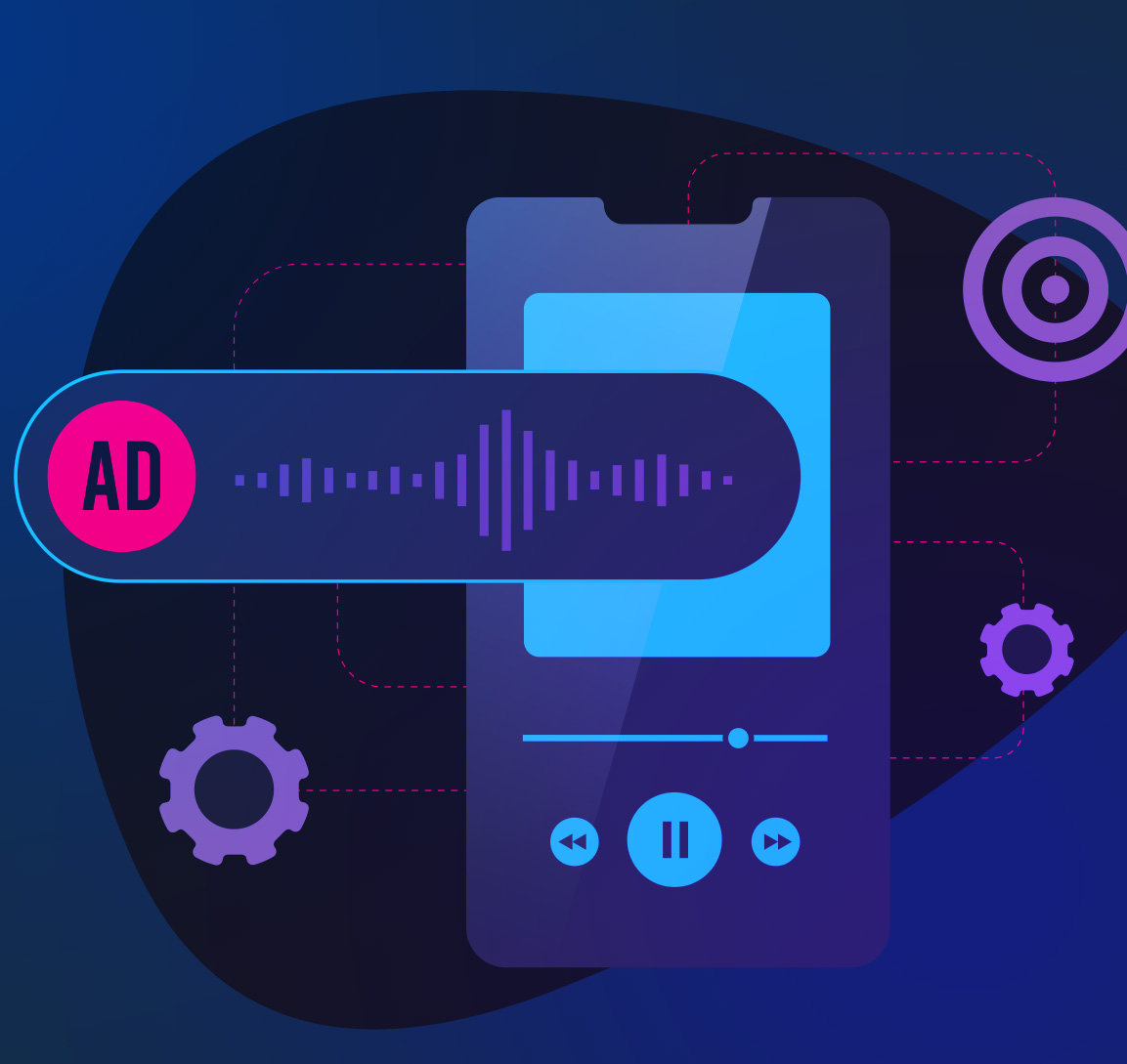Given the new FTC guidelines, it’s more crucial than ever to maintain compliance with all influencer partnerships. See how Veritone One stays on top of it.
Summary:
- The Federal Trade Commission has released a new set of guidelines for all endorsements.
- These guidelines primarily speak to influencers creating social media content; podcasting, meanwhile, is not mentioned.
- Our historical adherence to these guidelines allows Veritone One to continue business as usual.
What are the new guidelines?
The key takeaways have been distilled by Robert Freund, an advertising and ecommerce lawyer in his Twitter thread on the matter. A few of them here:
Influencers need not share a positive message of a product for an ad to require disclosure. If they post a photo or video that could convey use or approval of a product—and, crucially, if they have a relationship with that brand—that constitutes an advertisement and requires disclosure. Similarly, if they have something negative to say about a competitor’s product, their partnership with the original brand must be disclosed.
And when they disclose that partnership, there’s no room for ambiguity. Simply tagging the brand in the post, or even thanking them, is not sufficient.
Some new guidelines are specific to the medium in which the sponsored post appears. For example, an ad disclosure in the comments of a Facebook post may not be noticed by consumers—as such, it must be made in the post itself. Similarly, because of the “many competing elements” in a TikTok video, including “#ad” in the caption is not conspicuous enough for the FTC. A clear disclosure must be part of the video’s text overlay so that it is recognizable at first glance.
So wait—is this just for social media posts?
You might have noticed that all the examples we gave above pertain to TikTok, Facebook, or Instagram content. So what does this mean for Veritone One, an agency that specializes in audio and creator-based video advertising?
It’s true that podcasting is not explicitly mentioned in the new guidelines, but that doesn’t mean it’s a lawless land; it’s just that podcast ad breaks are generally delineated a lot more clearly than other social media content. Still, brands should err on the side of caution for all influencer partnerships. Use individual promo codes, unique URLs, and/or bespoke offer language in your Call to Action to let listeners know an influencer has a stake in referring listeners—and don’t request an endorsement from anyone who hasn’t tried your product.
How is this affecting strategy at Veritone One?
The short answer: it’s not.
And that’s not because we’re cavalier about advertising guidelines. On the contrary: we’ve always been incredibly stringent about our endorsements meeting FTC requirements.
Each of our accounts has a creative lead who’s well-versed in what a successful integration looks like, including from a compliance perspective. Every piece of copy we send out includes detailed directions on where and how to disclose sponsorship, as well as any disclaimers the brand needs us to make. Before an execution goes live, our creative team previews the content to ensure everything is on the level; then, our compliance team gives it a final review and provides feedback when it airs.
To us, the most important thing is fostering trust within all of our relationships. The creators we partner with trust us because they know that we’ll keep them abreast of all FTC guidelines and will never ask them to compromise their integrity.
That means providing a product for them to try and love before they talk about a brand. It means kickoff calls where creators can get to know a brand and their mission, ask their questions, and all parties can mutually establish expectations around an endorsement. And it means an open line of communication with our dedicated account team at every step of their execution.
The same goes for our clients. We do everything in our power to ensure they never find themselves at the end of an endorsement controversy—and a finger on the pulse of the industry is just one part of the equation. Our contracts with creators stipulate that each integration be compliant with applicable laws, including FTC guidelines and required disclosures related to paid versus editorial content. And, we continually vet the creators we work with, flagging potential threats to our clients’ brand image.
Veritone One’s commitment to transparency between clients and creators, and between creators and consumers, has been a cornerstone of our long-standing partnerships. So we’ll continue to keep an eye out as the industry evolves—but for now, we’ll continue with business as usual.
Edited by Rubi Mora
Additional Reading
You May Also Like
Meet the Author

Evelyn Chevere

Evelyn is an Associate Director and leads the Media Management Team in client launch, campaign management, and onboarding. She leverages her cross-departmental experience to develop methodical operational changes to drive efficiency. Evelyn prides herself in creating automated and productive solutions for clients and network partners alike.

Join Our Monthly Newsletter!
Get insights from the experts in AI-powered advertising for brands and creators





